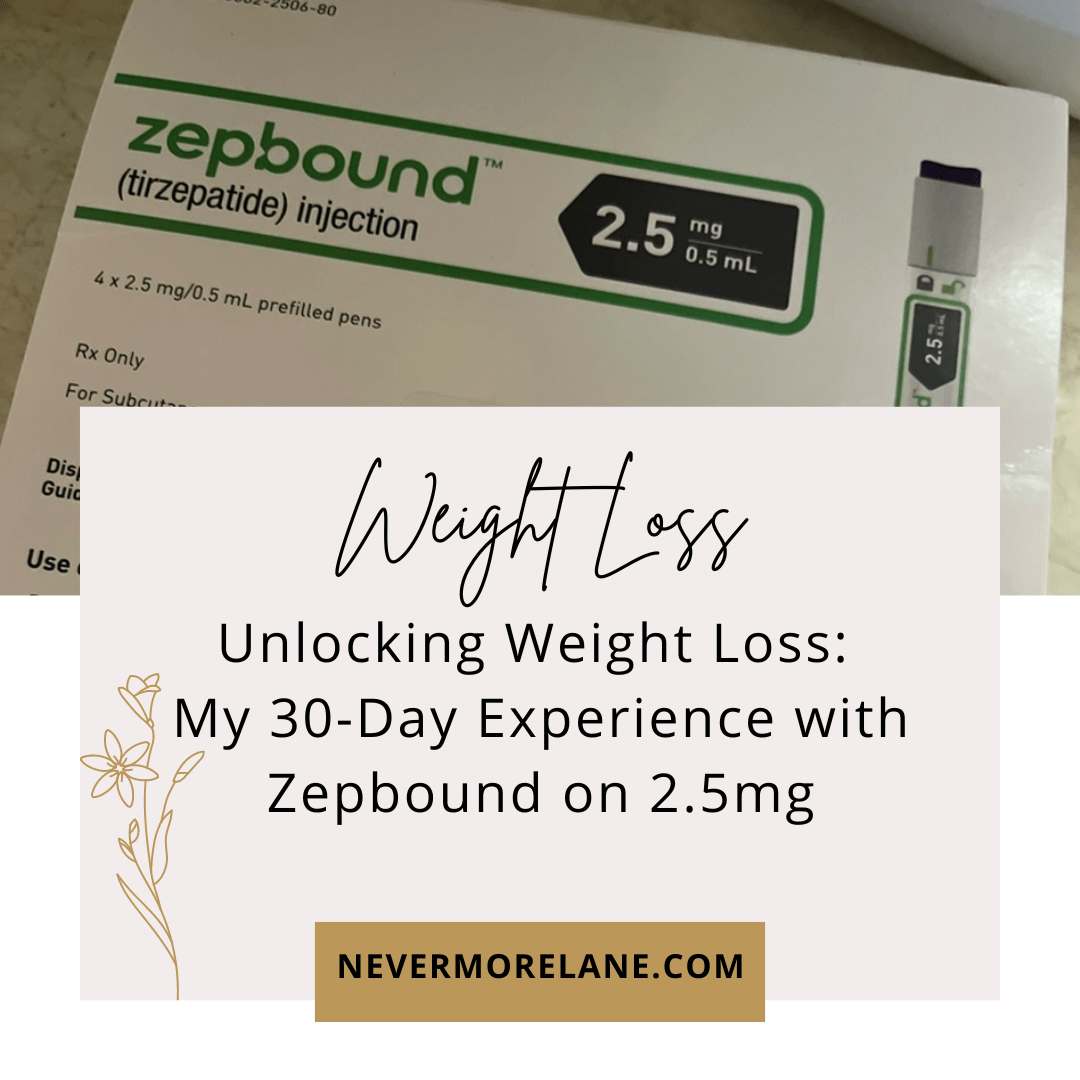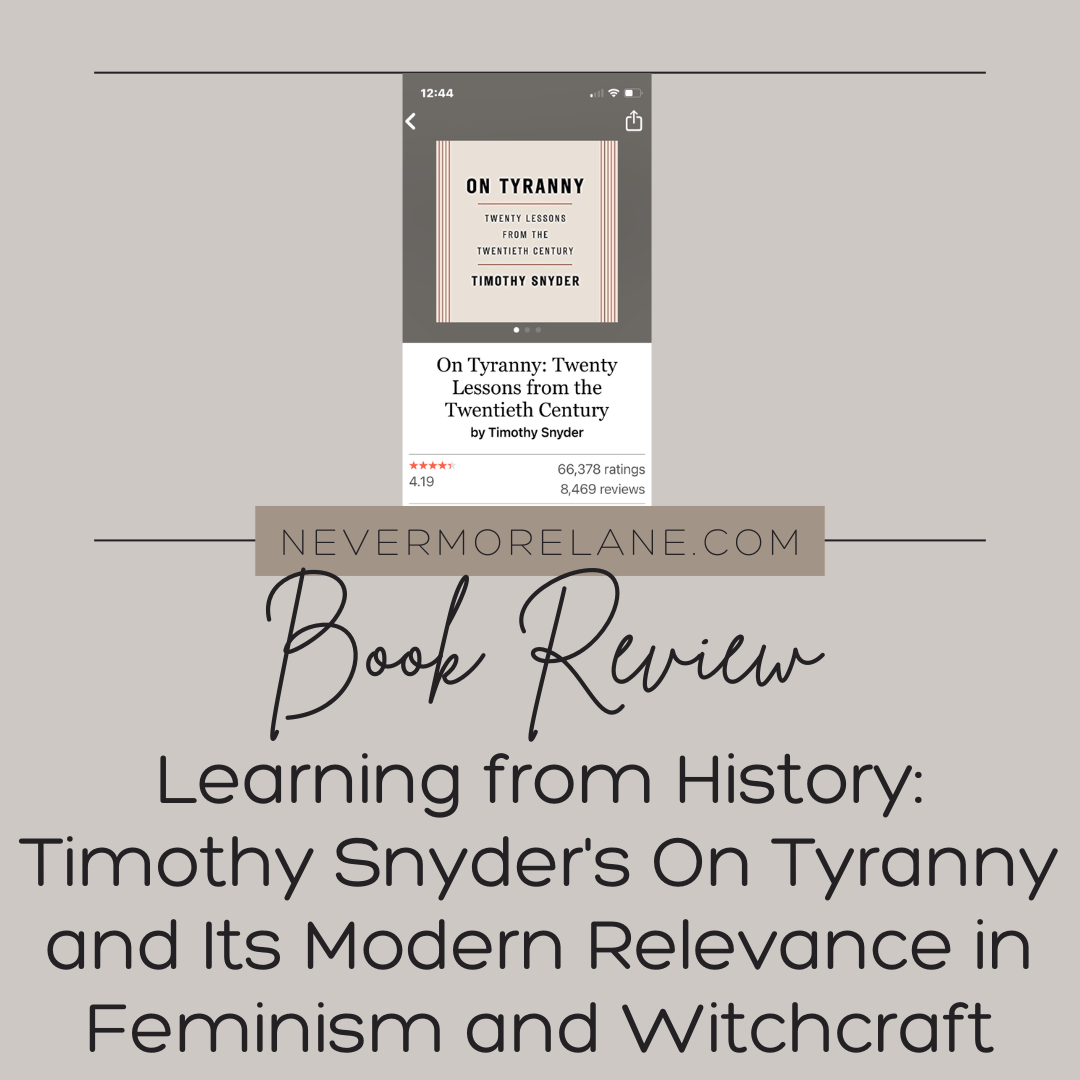The Truth About Hydration: Lessons from Fluids and Electrolytes vs. Social Media Trends
In today’s world, staying hydrated has become its own mini-industry. From brightly colored electrolyte packets and powders to the endless variety of designer water bottles, social media has cultivated a “hydration culture” like never before. We’re surrounded by influencers touting the next best drink to quench our thirst and boost our energy. But amidst the marketing buzz, what does real hydration actually look like?
As the seasons change, I started to wonder: are these trendy hydration products the magical elixirs they promise to be, or are they just another way to make us buy into the latest health fad? Recently, I dove into Fluids and Electrolytes by Dr. Gabriel J. Connor, a trusted resource that brings science back to the basics of hydration. Dr. Connor’s insights debunk some common hydration myths and reveal the simple truths that social media rarely shares.
This journey through hydration essentials has taught me that a balanced approach is far more sustainable and robust than any influencer-backed quick fix. If you’re ready to unlock the secrets of hydration and learn how to nourish your body from the inside out, join me on Nevermore Lane as we peel back the layers of this water-fueled world to reveal what’s real and what’s not.
The Hydration Hype on Social Media
It’s hard to scroll through any social media platform without encountering advertisements for electrolyte products, hydration packets, and enhanced waters. These influencers often claim that using specific, branded products is the only way to stay optimally hydrated. The colorful packaging and tantalizing flavors make it easy to believe that we need these extras to stay healthy and energized. But does science support this idea, or are we simply being sold yet another wellness trend?
Dr. Connor’s Fluids and Electrolytes provides a contrasting viewpoint, emphasizing that hydration isn’t something that can be captured in a packet. Real hydration, he explains, is about balance and understanding the body’s natural requirements. Many hydration products only provide superficial benefits, lacking the scientific foundation that supports long-term health. Instead of relying on marketed solutions, Dr. Connor advocates for understanding how water and electrolytes interact within the body to achieve true hydration.
This approach is refreshing and eye-opening. Rather than following the latest trend, Dr. Connor’s research encourages us to listen to our bodies and focus on hydration basics. Let’s explore some of these foundational truths, dissecting what we can learn from his work to help guide us through the noisy world of social media-driven hydration advice.
Fluids and Electrolytes: A Brief Synopsis
Fluids and Electrolytes by Dr. Gabriel J. Connor is a thorough yet accessible guide for healthcare professionals and students alike. Connor simplifies complex concepts about fluid balance, electrolyte function, and their crucial role in body homeostasis. His approach blends scientific accuracy with clear explanations, making challenging topics like acid-base balance understandable for those without a deep medical background. The book is powerful in its case-based examples, contextualizing electrolyte disorders in real-life scenarios and enhancing practical understanding.
This book offers a refreshing perspective for anyone looking to deepen their knowledge of hydration, especially beyond trendy electrolyte supplements. Dr. Connor’s insights provide a grounded understanding of what the body requires for optimal balance, making it a highly recommended read for healthcare practitioners and curious readers alike.
Electrolytes Explained: What’s in a Packet?
Electrolytes are essential minerals like sodium, potassium, calcium, and magnesium that help maintain fluid balance, nerve function, and muscle contraction. On social media, influencers present electrolyte packets as if they’re a cure-all, convincing people that adding them to water will boost energy levels and instantly cure dehydration. But are these packets always necessary?
Dr. Connor emphasizes that while electrolytes are critical for hydration, our bodies typically get enough of them from a balanced diet. For most people, drinking water and eating a variety of nutrient-rich foods provides sufficient electrolytes. The need for supplements is minimal unless there’s an intense loss of fluids from activities like rigorous exercise or illness. Thus, while electrolyte packets may offer convenience, they are not necessarily a “magic fix.”
Moreover, relying too heavily on these supplements can lead to an imbalance. Overloading on specific electrolytes can disrupt the body’s natural harmony, sometimes leading to symptoms like dizziness, nausea, or even high blood pressure. Dr. Connor suggests that we think of hydration holistically, recognizing that packets aren’t a replacement for a balanced lifestyle. By embracing real foods and regular hydration, we can achieve optimal wellness without the need for extras.
Hydration Science: The Role of Water in Our Body’s Magic
Water is vital to our well-being and has an almost magical quality in how it sustains life. While trendy drinks flood our social feeds, it’s easy to overlook water’s simplicity. Our bodies are made up of approximately 60% water, which plays a role in almost every bodily function, from digestion to cellular repair. According to Dr. Connor, understanding water’s role is the key to maintaining a healthy hydration balance.
Dr. Connor explains that dehydration is more complex than simply not drinking enough water; it involves the intricate relationship between fluid intake, salt levels, and cellular health. Social media often oversimplifies hydration by equating it solely with fluid intake, yet true hydration involves both water and the body’s natural electrolytes working in tandem. Dr. Connor encourages readers to consider how different factors—such as activity level, climate, and overall diet—impact individual hydration needs.
While water may not be as exciting as the latest flavored drink on Instagram, it’s the original hydrator. And in Dr. Connor’s view, water should remain our primary source of hydration. It’s effective, accessible, and perfectly formulated by nature to meet our needs. For a more mindful approach, he suggests drinking water consistently throughout the day rather than relying on processed, sugar-laden beverages that can lead to more thirst rather than satisfaction.
The Impact of Influencers: Hydration Myths vs. Facts
Social media influencers are highly skilled at marketing products that promise quick results, and electrolyte packets are no exception. Often, these packets are portrayed as a shortcut to wellness or a remedy to avoid common hydration pitfalls. But while influencers may mean well, the truth is that many need more scientific background to provide reliable advice on health and hydration.
Dr. Connor’s approach in Fluids and Electrolytes challenges us to question these messages and seek scientifically backed information. Many influencers focus on outward appearances, showing themselves refreshed and energized after drinking an electrolyte-laden beverage. However, hydration is not just about drinking something that looks refreshing; it’s about maintaining a balanced internal environment where fluids and minerals support one another.
This constant influence can cause some people to believe they are chronically dehydrated or lacking in essential minerals, leading them to overuse electrolyte products. Dr. Connor warns against the notion of “fixing” something that may not be broken. Most of us can meet our hydration needs without added supplements. By focusing on real, evidence-based insights, Dr. Connor equips us with the knowledge to make healthier, more informed choices in a landscape often dominated by hype.
A Balanced Approach to Hydration: Nature Knows Best
The book’s key takeaway is that true hydration doesn’t require fancy products; it’s about embracing balance and understanding our body’s unique needs. Dr. Connor emphasizes that drinking water and eating whole foods are the simplest ways to stay hydrated. Fruits and vegetables naturally contain water and electrolytes, which provide hydration with the added benefit of vitamins, minerals, and fiber.
Instead of following the social media crowd, he suggests making small, mindful adjustments to our hydration habits. For example, drinking water upon waking, sipping regularly throughout the day, and consuming natural sources of electrolytes like bananas or avocados can help maintain optimal hydration levels without any additives. By taking a balanced approach, we allow our bodies to find their natural equilibrium, avoiding the risk of over-supplementing and creating more problems than we’re solving.
Dr. Connor’s work reminds us that nature often provides everything we need in its purest form. Rather than looking for the next big thing, we might benefit from returning to basics, trusting in our body’s ability to regulate itself when we provide it with the essentials.
My Personal Take on Electrolytes
When I see someone in a GLP-1-related group asking what electrolyte supplement they take, here is my reply every time.
None of them. Save your money!
If you Google “natural electrolytes,” you’ll see that you really don’t need to spend money on these things.
My answer is pickles/pickle juice—pickled vegetables. Put sea salt on a radish, cucumber, or food. I get a snack and electrolytes all in one.
Potassium, magnesium, sodium. Food is your friend. Don’t fill up on unnecessary beverages. Water is sufficient. Add a lemon wedge and a tiny smidge of salt to your water. Or, just add some sea salt to your water – hold the lemon. Most of you are already taking a magnesium supplement, so you don’t need more. You should be drinking water throughout the day. If you can’t get your water in, look at all the other liquids you drink. If you drink a lot of protein shakes, opt for a clear protein that goes in water. Win-win.
Read your nutrition labels. You should be reading them for your protein and fiber anyway, but take the time to notice the potassium, magnesium, and sodium.
Coconut water is also an option. At least it provides fantastic vitamins, minerals, and health benefits. Bone broth is also great and will provide you with some protein. Another win-win on your GLP-1 journey.
These electrolyte packages were meant for those working out and sweating profusely or for athletes working out or practicing for hours on end.
There are also foods (Google the list) that contain natural electrolytes. You may already be eating some. Many fruits and vegetables contain potassium, and prepackaged foods and seasonings contain sodium. Those prepackaged protein bars, those ready-made protein shakes – yeah, they have those ingredients, too.
If you don’t need these electrolyte drinks, and let’s be honest, most of the folks in the GLP-1 community do not, don’t take them, as you can do more harm that good.
If you have ever done any version of low-carb—and let’s be honest again, many on GLP-1 end up lowering carbs—what you feel is often what has been dubbed the ‘Keto Flu.’ It is easily fixed by having some water, salt water with lemon, or bone broth.
I’d rather eat the food and get nutrition than waste it on a chemically enhanced drink.
I’d also recommend getting some magnesium spray. Are you getting a headache? Use it on your neck and temples, maybe even your shoulders. It works great on the legs, hips, and back, too. Plus, magnesium is a good mineral for your body.
Also, there is a nutrition / trainer (Beth over at No BS Nutrition) who recently posted a video about a lady who had drank these pretty crystal packs when she did not need them. Her body was shutting down, and she was taken away by ambulance. Unless your doctor has told you to take them, you are sweating profusely, working out to the extreme, or an athlete; you should not use these and get your electrolytes from other sources.
While the particular lady I mentioned did take three packets a day (there are others), I cannot tell you how many people I see across all of the GLP-1 groups I am in here and on Reddit that drink more than one daily. Someone still should not have one day if they are not sweating profusely, working out in the gym a ton, or an athlete. Keep them on hand for a backup if you need one, like if you get sluggish or have a headache and you KNOW you haven’t eaten enough foods with potassium, magnesium, or sodium or haven’t had much water. It is like the low carb/keto flu, which animal or vegetable broth or bone broth will cure and is better for you than these packets.
Want even more information on why you should not take them? Check out this YT – (it will start right on the electrolyte section.)
Cleveland Clinic reports that if you have too many electrolytes in your system, it can cause confusion, irritability, irregular heart rates, breathing issues, fatigue, headaches, muscle cramps, weakness, DIARRHEA, CONSTIPATION, NAUSEA, and vomiting. So, tell me why you would want to take something that adds to a side effect some of you experience on these meds.
This applies to any vitamin, mineral, or supplement (outside of things like biotin or collagen that do help some people). Don’t waste your money on them unless your bloodwork shows or your doctor says you’re deficient. Your body expels what you don’t need, so you’re literally throwing money down the toilet.
I wouldn’t use them unless I absolutely needed them. And if I felt like I did, I would add sea salt to my water, use coconut milk, or sip on some high-protein bone broth.
They also don’t provide much nutritional value.
For your information, the brand so many seem to push has a recipe on its website. You will see the things I mention here.
Ready to Embrace the Magic of Simple Hydration?
Hydration is an essential, magical part of wellness that doesn’t require packets or gimmicks to be effective. Fluids and Electrolytes by Dr. Gabriel J. Connor reveals how our bodies thrive on simplicity and balance. While influencers may push products that promise hydration miracles, true wellness comes from understanding and respecting what our bodies need—not from jumping on the latest trend.
Join me for more insights into living a naturally balanced life. Let’s keep exploring how we can align with our body’s needs over a cup of coffee and maybe even some water—no fancy packets required!
Like what you read? Drop me a line – let’s chat over virtual coffee.
~ Chrystal
To Check out some of my recent weight loss & Zepbound-related posts, CLICK!
DISCLOSURE
Nevermore Lane participates in the Amazon Services LLC Associates Program, Magic Link, Google Adsense, and other affiliate & advertising programs designed to provide a means for sites to earn advertising fees by advertising and linking to merchants.
This post contains affiliate links. That means we earn a few cents if you click the link and make a sale. (Thank you, by the way!)





